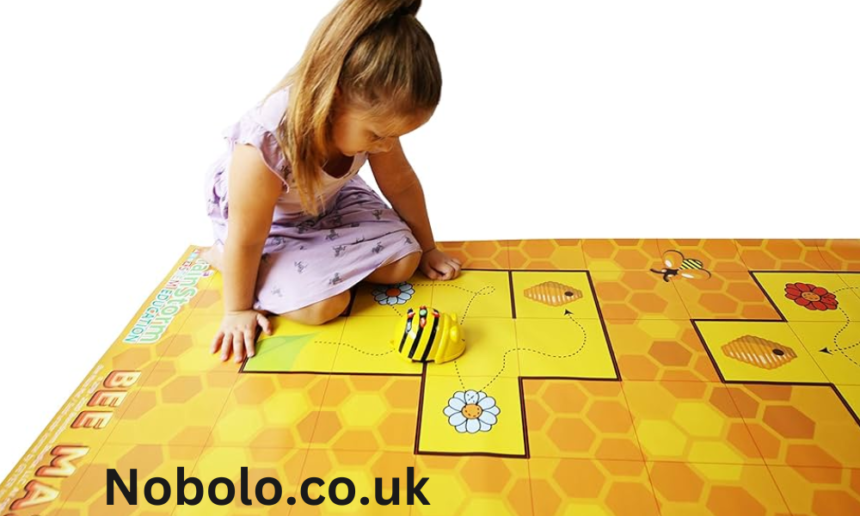Introduction
In today’s digital age, gaming has become an essential part of education. Teachers and students alike are constantly seeking innovative ways to make learning more interactive and engaging. Classroom 80x Games offer an exciting opportunity to incorporate fun and educational elements into the learning environment. These games are designed to enhance critical thinking, problem-solving, and teamwork while making education enjoyable.
This comprehensive guide will explore everything you need to know about Classroom 80x Games, including their benefits, types, popular choices, and how they can be effectively integrated into the classroom setting.
What Are Classroom 80x Games?
Classroom 80x Games refer to a collection of online or offline games that are specifically designed to be played in a classroom setting. These games often focus on improving cognitive abilities, fostering collaboration, and reinforcing educational concepts in subjects such as math, science, history, and language arts.
Unlike traditional games, Classroom 80x Games are carefully curated to ensure they are appropriate for an educational environment and do not distract students from their studies.
Benefits of Classroom 80x Games
The incorporation of Classroom 80x Games into the educational curriculum brings numerous benefits, including:
1. Enhances Learning Engagement
Students are more likely to retain information when they are actively engaged in learning. Gamification provides an enjoyable way to explore complex topics.
2. Improves Problem-Solving Skills
Many games require students to think critically, analyze situations, and come up with strategic solutions, fostering problem-solving skills that are useful beyond the classroom.
3. Encourages Teamwork and Collaboration
Multiplayer games encourage students to work together, promoting teamwork, communication, and social skills.
4. Develops Digital Literacy
With the increasing reliance on technology, digital literacy is an essential skill. Classroom 80x Games help students become comfortable navigating digital platforms.
5. Provides Instant Feedback
Games provide immediate feedback, allowing students to understand their mistakes and learn from them in real-time.
6. Reduces Learning Anxiety
Game-based learning reduces the stress and pressure associated with traditional teaching methods, making learning more enjoyable and less intimidating.
Also Read: CellGate Login
Types of Classroom 80x Games
There are several categories of Classroom 80x Games available, catering to different subjects and skill levels. Below are some of the most popular types:
1. Educational Puzzle Games
These games challenge students to solve complex puzzles, reinforcing problem-solving and logical thinking skills. Examples include Sudoku, crossword puzzles, and pattern recognition games.
2. Math Games
Designed to enhance numerical skills, math games help students practice addition, subtraction, multiplication, and division through engaging activities. Popular examples include Prodigy, Math Blaster, and Cool Math Games.
3. Language and Vocabulary Games
These games help improve reading, spelling, and vocabulary. Examples include Word Search, Scrabble, and Boggle.
4. Science-Based Games
Science games encourage curiosity and experimentation, helping students learn about physics, biology, chemistry, and more. Games like BrainPOP Science, Kerbal Space Program, and National Geographic Kids Games are widely used.
5. History and Social Studies Games
These games bring historical events to life through interactive storytelling and simulations. Examples include Oregon Trail, Mission US, and History Channel Games.
6. Strategy and Logic Games
Games in this category encourage strategic thinking and logical reasoning. Examples include Chess, Checkers, and Civilization.
7. Multiplayer and Teamwork Games
These games encourage teamwork and collaborative problem-solving. Games like Kahoot!, Quizizz, and Minecraft: Education Edition are commonly used in classrooms.
Popular Classroom 80x Games
Here are some of the most popular Classroom 80x Games that teachers and students love:
1. Kahoot!
A game-based learning platform where teachers can create quizzes, polls, and discussions to engage students in learning.
2. Prodigy
A fun and interactive math game that helps students improve their arithmetic skills through an engaging RPG-style format.
3. Minecraft: Education Edition
An educational version of Minecraft that allows students to build, explore, and solve challenges while learning STEM concepts.
4. Quizlet Live
A team-based learning game that helps students memorize and review study material through flashcards and quizzes.
5. Blooket
A quiz-based game that turns studying into an enjoyable and competitive activity.
6. Gimkit
A multiplayer classroom game that rewards students for correct answers and strategic decision-making.
7. Scratch
An interactive platform that teaches students coding and computational thinking through game creation.
8. TypingClub
An educational game that improves students’ typing skills through interactive lessons and challenges.
How to Integrate Classroom 80x Games into Learning
Integrating Classroom 80x Games effectively requires planning and a balanced approach. Here are some best practices:
1. Align Games with Learning Objectives
Choose games that align with the curriculum to reinforce key concepts and skills.
2. Set Time Limits
To prevent excessive screen time, set specific time limits for playing educational games in the classroom.
3. Monitor Student Progress
Use games with tracking features to monitor student progress and identify areas for improvement.
4. Encourage Collaborative Play
Select multiplayer or teamwork-based games to foster collaboration among students.
5. Use Games as Assessment Tools
Games can be used as formative assessment tools to gauge students’ understanding of a topic in an interactive way.
6. Reward Achievements
Recognize students’ achievements in games to boost motivation and engagement.
Challenges of Using Classroom 80x Games
While Classroom 80x Games offer numerous benefits, there are also challenges to consider:
1. Accessibility Issues
Not all students have access to digital devices, which can create inequality in learning experiences.
2. Screen Time Concerns
Excessive screen time can be detrimental to students’ health. It’s essential to balance digital activities with offline learning.
3. Technical Difficulties
Internet connectivity issues and device compatibility problems can disrupt the gaming experience.
4. Distractions
Some students may become overly focused on gaming rather than learning. Setting clear guidelines can help mitigate distractions.
Future of Classroom 80x Games
The future of Classroom 80x Games is promising, with advancements in technology paving the way for more immersive and engaging educational experiences. Trends to watch for include:
- Virtual Reality (VR) and Augmented Reality (AR): These technologies can create immersive learning environments where students can explore historical sites, conduct virtual science experiments, and more.
- Artificial Intelligence (AI) in Gaming: AI-powered educational games can personalize learning experiences based on students’ progress and strengths.
- Game-Based Assessments: The future of assessments may shift towards interactive game-based evaluations that provide real-time feedback and insights.
- Increased Gamification in Education: More schools will adopt game-based learning techniques to enhance student engagement and knowledge retention.
Conclusion
Classroom 80x Games are transforming education by making learning fun, interactive, and engaging. With a variety of educational games available, teachers can integrate these tools into their curriculum to enhance student engagement, improve problem-solving skills, and encourage collaboration. However, it’s essential to use them wisely, addressing potential challenges while maximizing their benefits.
By carefully selecting appropriate Classroom 80x Games and integrating them effectively, educators can create an enriching learning experience that prepares students for the future.



